Advertisement
Cutting-edge endoscopic procedure treats achalasia without surgery

Patients and physicians alike prefer minimally invasive treatments for their faster recovery times and fewer complications. For patients with rare conditions, such as achalasia, nonsurgical treatments are not always available. Until recently, the most common treatment for achalasia involved laparoscopic surgery to divide the muscle tissues in the esophagus to make swallowing easier. The abdominal incisions sometimes caused pain and hernia in patients, resulting in an extended hospital stay.
Advertisement
Cleveland Clinic is a non-profit academic medical center. Advertising on our site helps support our mission. We do not endorse non-Cleveland Clinic products or services. Policy
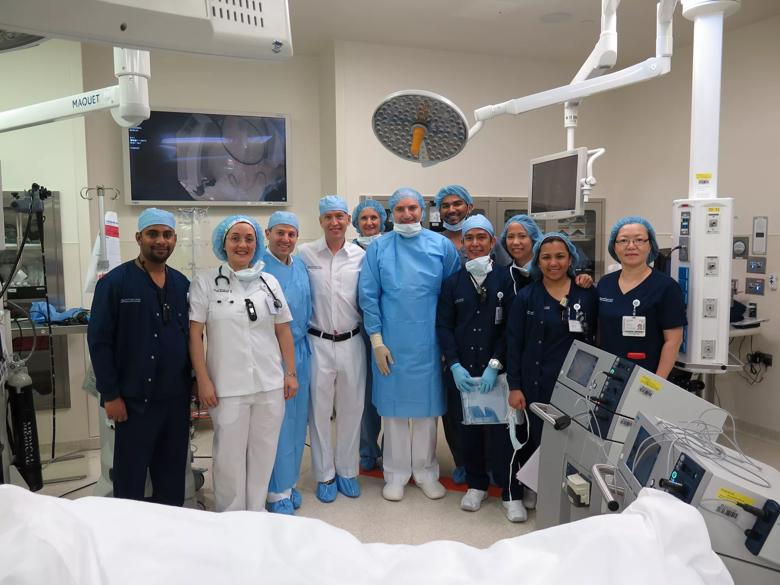
Figure 1: POEM team at Cleveland Clinic Abu Dhabi
Cleveland Clinic’s Digestive Disease and Surgery Institute has been at the forefront of developing less invasive treatments for achalasia. In fact, a multidisciplinary team of physicians from the institute recently performed a ground-breaking peroral endoscopic myotomy (POEM), an entirely endoscopic procedure to treat achalasia, at the Digestive Disease Symposium at Cleveland Clinic Abu Dhabi. Led by Gastroenterologist Mohammad Al Haddad, MBBS, and General Surgeon Kevin El-Hayek, MD, this marked the first procedure of its kind completed in the Middle East.
The POEM procedure was performed in collaboration with Matthew Kroh, MD, the Director of Surgical Endoscopy at main campus. Under the direction of Dr. Kroh and Medical Director Mansour Parsi, MD, MPH, the Digestive Disease and Surgery Institute’s Developmental Endoscopy Group includes experts in gastroenterology, general surgery and colorectal surgery who work together to develop and test new tools for treating patients with achalasia and other digestive disorders.
Prior to developing POEM, patients with achalasia had a choice between surgery and an endoscopic balloon dilation procedure. If surgery wasn’t selected for an individual patient, then the gastroenterologist would use an endoscope to insert a balloon into the patient’s esophagus and rupture/tear the muscles in the throat. Though highly successful in experienced hands, this procedure carries up to a 4 percent risk of perforation. Similar to surgery, patients sometimes required an extended hospital stay to recover.
Advertisement
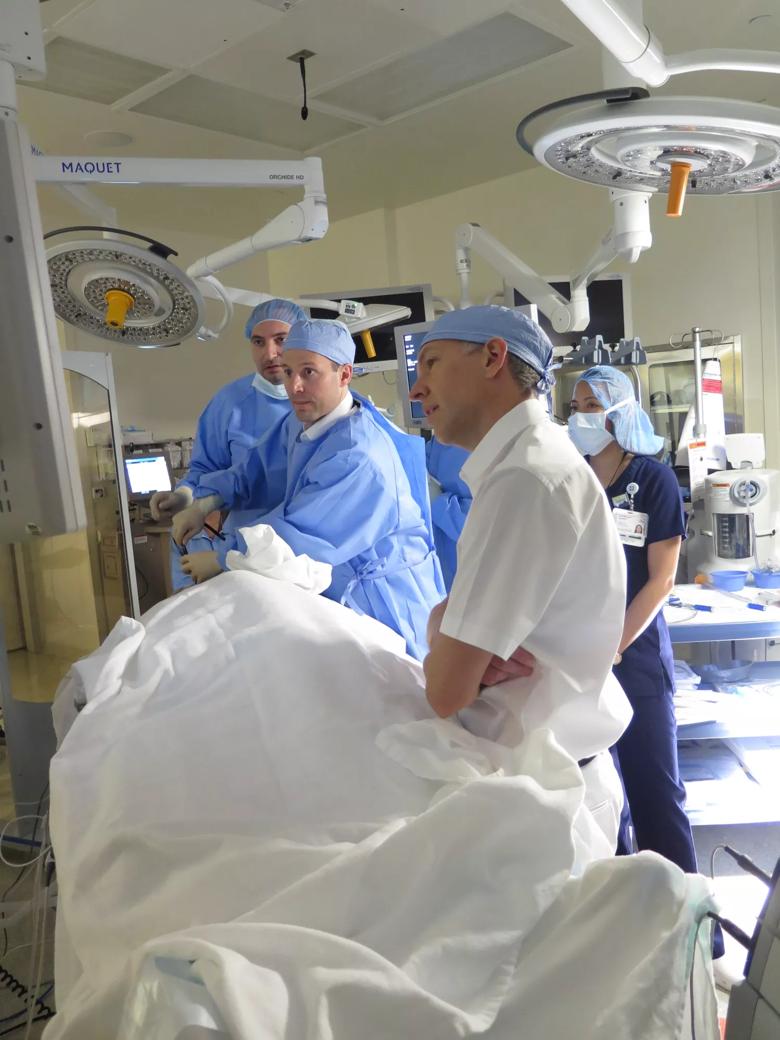
Figure 2: Dr. El-Hayek performing POEM
The Developmental Endoscopy Group uses both laparoscopy and endoscopy — two techniques that were previously unconnected in conventional medical practice — to treat achalasia. Working exclusively through the patient’s esophagus with the endoscopic technique, the physician uses tiny tools to create a small incision in the mucosa and make a tunnel underneath it, causing minimal trauma to the patient’s tissues. Then, the physician cuts the tightened muscles in the esophagus, mainly at the lower esophageal sphincter. As a result, the POEM technique releases the esophageal tension and restores the ability of food to pass through the esophagus and into the stomach.
The beauty of POEM, Dr. Kroh says, is that it uses the same access point as the endoscopic balloon procedure but with a more controlled and precise cutting of the diseased muscle. And it mimics the effectiveness of the surgical procedure without the trauma to the abdominal wall and its associated pain. So physicians get the optimal results of both procedures without the related complications. Instead of spending two to three days recovering in the hospital, patients may be released after an overnight stay.
POEM is ideal for patients who are newly diagnosed with achalasia or who decline surgery or endoscopic balloon dilation. But the procedure may also benefit patients who experience up to a 20 percent failure rate from other achalasia treatments. Fortunately for these patients, POEM can be performed safely even after failed previous attempts at treatment.
Prior to the landmark procedure at Cleveland Clinic Abu Dhabi, physicians at the Digestive Disease and Surgery Institute in Cleveland had performed more than 80 POEM procedures. These physicians and surgeons at the main campus used their endoscopic expertise to collaborate with doctors at Cleveland Clinic Abu Dhabi and train them to perform POEM.
Physicians from Cleveland Clinic Abu Dhabi visited their Cleveland colleagues to practice POEM in the animal lab and watch POEM procedures performed in the operating room at the main campus. Following training, the main campus physician team traveled to Abu Dhabi to supervise the POEM procedure at the Digestive Disease Symposium, offering guidance and recommendations to ensure patient safety.
The patient treated at the Digestive Disease Symposium was a 47-year-old male with Type 2 achalasia who was experiencing progressive difficulty in swallowing. The day after POEM, the physicians performed radiographic imaging to check his esophagus, which showed excellent clearance of the oral barium contrast and no evidence of leakage.
Within 24 hours of the procedure, the patient was prescribed a modified diet and discharged from the hospital with a significant improvement in symptoms. Since then, his diet has been successfully advanced without a recurrence of regurgitation or difficulty swallowing. His physician will follow up with him during the next few months to track his continued progress.
Advertisement
“The successful outcome at Cleveland Clinic Abu Dhabi demonstrates how the Digestive Disease and Surgery Institute truly fosters an environment of collaboration and shared expertise,” notes Dr. Kroh. “It also shows how well our physicians and surgeons function together as a unit — whether they’re involved in research, training or implementing new clinical practices.”
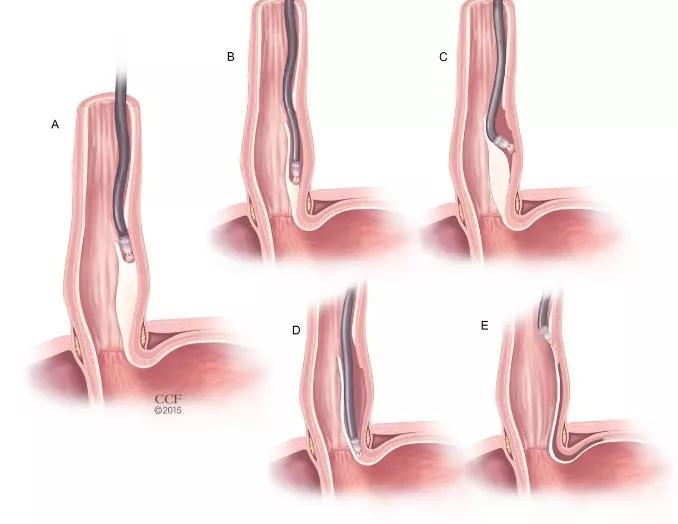
Figure 3: Progressive stages of POEM.
According to Dr. Kroh, the collaborative work of surgeons and gastroenterologists at the Digestive Disease and Surgery Institute has attracted the attention of academic societies worldwide. This, in turn, is leading to new opportunities for communication and collaboration. “It’s very rewarding to see devices and technologies that started in the lab applied to training and treatment environments, leading to promising outcomes for patients,” he says.
Future work for the Developmental Endoscopy Group includes training other physicians to use their endoscopic and laparoscopic technologies to treat digestive disease. “While there are other medical centers performing POEM, very few are strategically training other physicians to adopt best practices and procedures to help patients with achalasia,” explains Dr. Kroh. “We’re also looking for better ways to train others to implement enhanced laparoscopic and endoscopic techniques.”
The Developmental Endoscopy Group also plans to continue building and trialing new nonsurgical endoscopic therapies in the lab, which may translate into new clinical applications in the near future.
Advertisement
Advertisement

Insights from Cleveland Clinic’s Vice Chair of Innovation and Technology
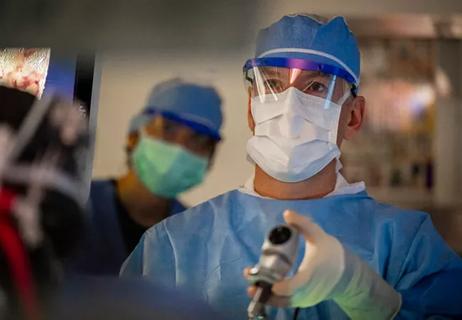
Fewer incisions and more control for surgeons
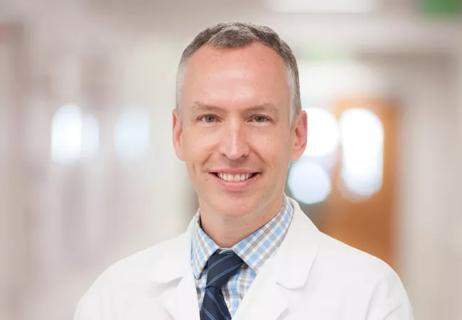
New Vice Chair of Innovation and Technology Dr. Matthew Kroh talks about device development, robotics, artificial intelligence and nurturing a culture of innovation
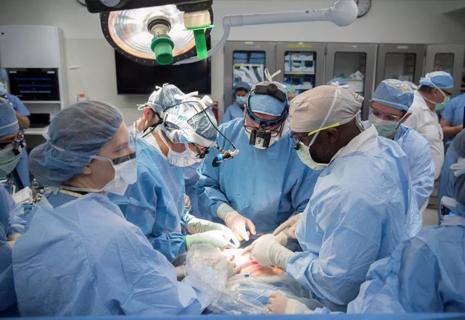
A concise summary of an historic operation
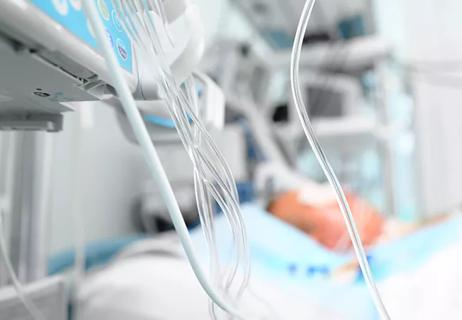
Multidisciplinary patient management, standardized care contribute to success
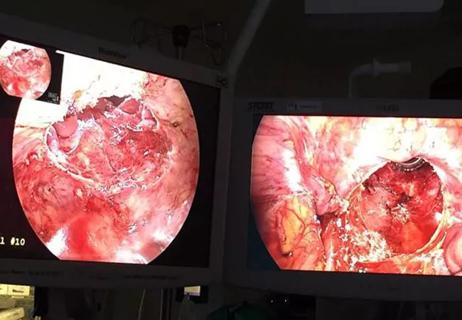
TaTME's uses now extends beyond rectal cancer
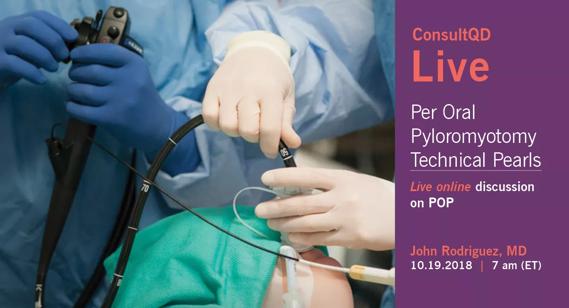
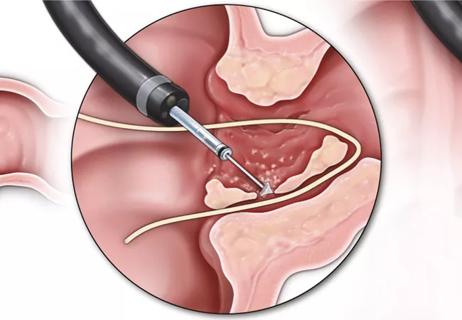
A look at endoscopic fistulotomy